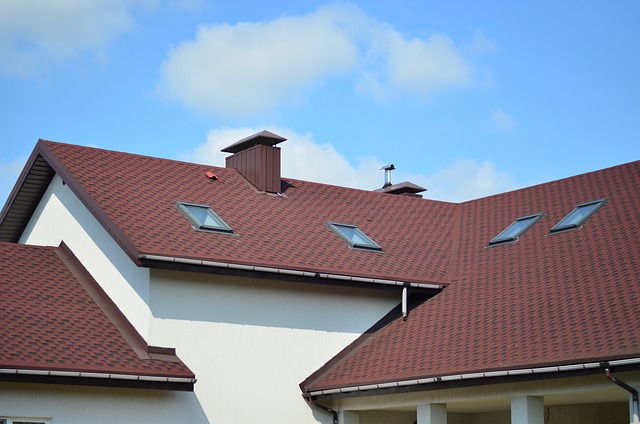TL;DR:
Roof damage requires immediate inspection and targeted repairs to prevent water penetration, structural compromise, and further harm. Regular (every 2-3 years) professional inspections detect issues like missing/damaged shingles, moisture intrusion, weak underlayment, and mold growth. Roof repair professionals use specialized tools and materials for accurate assessments and durable solutions. While minor repairs can be DIY, severe damage or old roofs need professional attention. Budgeting is crucial, with costs varying based on damage, property size, and age. Post-repair care includes regular cleaning, inspection, and sealing to extend roof lifespan. Proactive measures like ventilation maintenance and debris removal prevent future damage and costly repairs.
Roof inspection and repair are essential components of maintaining your home’s integrity and protecting against costly damage. This comprehensive guide delves into the intricacies of roof care, covering common types and causes of damage, the significance of regular inspections, and what to look for during these assessments. We explore professional tools and techniques, provide a step-by-step repair guide, and offer insights on budgeting, maintenance, and preventing future issues. By understanding roof repair, homeowners can ensure their investment stays protected.
Understanding Roof Damage: Common Causes and Types
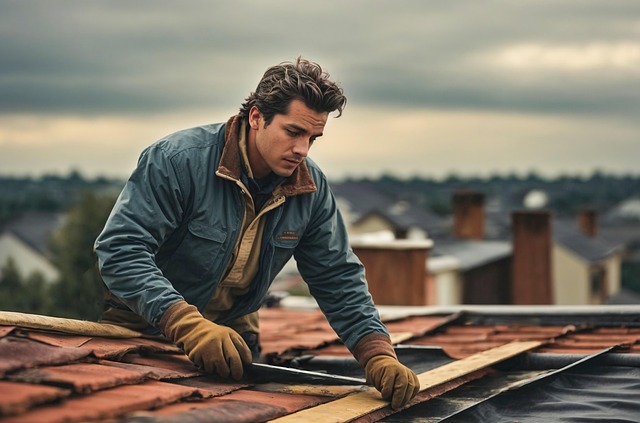
Roof damage can stem from a variety of sources, each requiring specific attention during an inspection and subsequent repair. Common causes include extreme weather conditions such as heavy rainfall, snow, and strong winds, which can lead to leaks, missing or damaged shingles, and structural compromise. Additionally, aging roofs are susceptible to deterioration from UV exposure, leading to weakened materials and potential failure. Other factors like poor installation, inadequate ventilation, or changes in temperature can also accelerate roof damage.
There are several types of roof damage to look out for. First, missing or curled shingles indicate wear and tear, allowing water penetration. Second, blisters or puckering on the roofing surface suggest trapped moisture. Third, loose or broken flashing around chimneys and vents creates entry points for rainwater. Lastly, visible cracks in the underlayment or ceiling signs of severe damage necessitating immediate roof repair.
The Importance of Regular Roof Inspections

Regular roof inspections are an essential aspect of home maintenance that often goes overlooked. Many homeowners only think about their roof when they spot a leak or noticeable damage, but proactive care can prevent small issues from escalating into costly repairs. A professional roof inspection involves a thorough examination of every component, from the shingles and flashing to the structure’s overall integrity. By conducting these inspections at regular intervals, typically every 2-3 years, you can identify potential problems early on, such as missing or damaged shingles, signs of moisture intrusion, or weak underlayment.
Early detection is key in the world of roof repair. Addressing issues promptly can save you from major headaches and significant financial outlays down the line. Neglecting regular inspections might lead to water damage, structural weakness, and even safety hazards. So, remember, a little prevention goes a long way when it comes to keeping your home’s rooftop in top shape.
What to Look For During a Roof Inspection

During a roof inspection, there are several key elements to assess for comprehensive roof repair and maintenance. Start by examining the overall structure for any signs of damage or wear. Look out for missing or damaged shingles, as these can be indicators of potential leaks. Check for loose or missing flashing around chimneys, vents, and roof edges—flashing is vital in sealing the roof and preventing water intrusion. Additionally, inspect the roof deck for rot, dry wood, or any structural weakness, as these issues could compromise the entire structure.
Pay attention to the drains and gutters too; they should be free from debris to ensure proper water flow, preventing overflow that might cause damage. Look for cracks in the roof’s surface, especially in flat roofs, as they can lead to serious interior problems. Also, check for signs of mold or mildew, which often indicate poor ventilation or leaks. Regularly inspecting these aspects will help identify potential roof repair needs before they become costly and severe.
Tools and Techniques for Roof Repair Professionals

Roof repair professionals rely on a suite of specialized tools and techniques to ensure comprehensive and effective repairs. Basic tools include ladders, safety gear, hammers, screwdrivers, and wire cutters, which are essential for accessing and securing roof components safely. For more intricate tasks, professionals may utilize power tools such as angle grinders, drills, and air compressors, facilitating faster and more precise cuts and installations. Additionally, high-quality tarps, sealants, and roofing materials specifically designed for repair work are crucial for protecting both the structure and the surrounding environment during the repair process.
Advanced techniques employed by experts include structural assessments using laser scanners and drone technology for detailed inspections, especially in hard-to-reach areas. They also employ weatherproof membranes and flashing to prevent water infiltration, ensuring long-lasting repairs. Regular maintenance practices, such as cleaning gutters and inspecting for loose or damaged shingles, are integral to proactive roof repair, minimizing the risk of further damage and costly replacements.
Step-by-Step Guide: Conducting Basic Roof Repairs
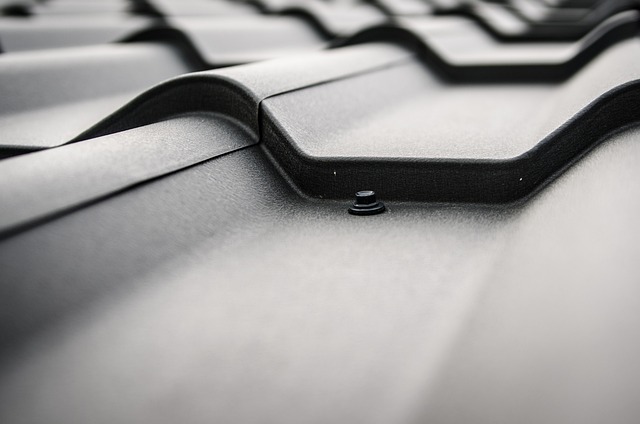
Conducting basic roof repairs can be a do-it-yourself (DIY) project for homeowners, but it’s crucial to approach it systematically for safe and effective results. Start by inspecting your roof for any visible damage, such as missing or broken shingles, loose flashing, or signs of water intrusion. Wear appropriate safety gear, including gloves, goggles, and a hard hat, before beginning.
Next, gather the necessary tools and materials: a ladder, new shingles (matching the existing ones), caulk, roofing nails, a hammer, and a utility knife. For smaller repairs like replacing missing shingles or securing loose ones, follow these steps:
1. Remove any debris from the damaged area using the brush or vacuum attached to your ladder.
2. Measure and cut a new shingle to size, ensuring it fits snugly over the existing shingle below.
3. Apply a small amount of caulk around the edges of the new shingle.
4. Nail the shingle into place using the hammer and roofing nails, gently tapping them into the underlayment or existing shingles.
5. Repeat these steps for any additional repairs needed until your roof is in better condition.
When to Hire a Professional for Roof Repair
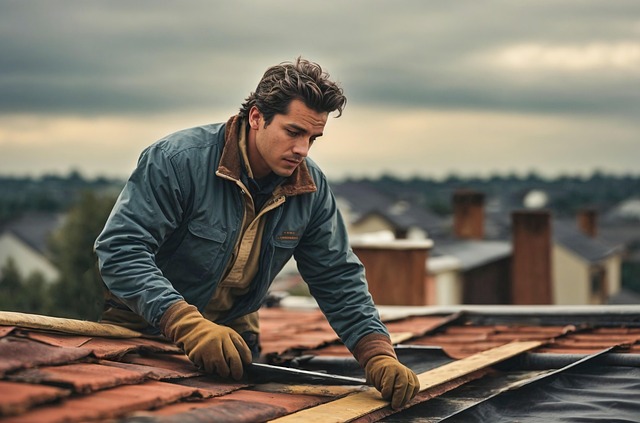
Roof repairs can often be a DIY project for minor issues, but there are certain situations where it’s best to leave it to the professionals. If your roof is showing signs of severe damage, such as large missing shingles, leaks that have led to mold or wood rot, or if your roof is older than 20 years and showing deterioration, hiring a professional is crucial.
Professionals have the expertise and equipment to assess the full extent of the damage and provide durable, long-lasting solutions. They can also ensure compliance with local building codes and offer warranties on their work, giving you peace of mind that your roof is in safe hands.
Cost Estimates and Budgeting for Roof Restoration
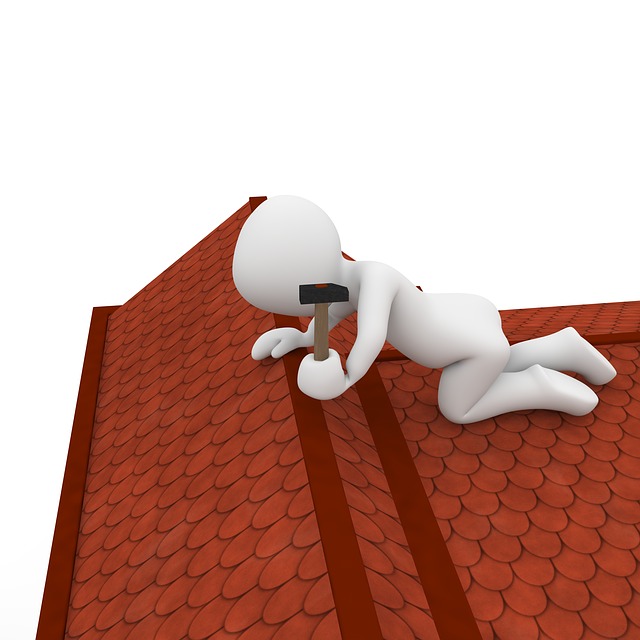
When considering roof repair, budgeting is a crucial step. Cost estimates for roof restoration vary widely depending on several factors, including the type of damage, the size and age of your property, and whether replacement is required. On average, minor repairs can range from $500 to $3,000, while more significant repairs or full replacements can cost tens of thousands of dollars. It’s essential to obtain quotes from multiple roofing contractors to ensure you’re getting a fair price.
To stay within budget, be sure to ask about the scope of work, material quality, and labor costs upfront. Additionally, consider the long-term benefits of investing in high-quality materials and professional services, as these can extend the lifespan of your roof and prevent future damage, ultimately saving you money in the long run.
Post-Repair Maintenance Tips for Longevity
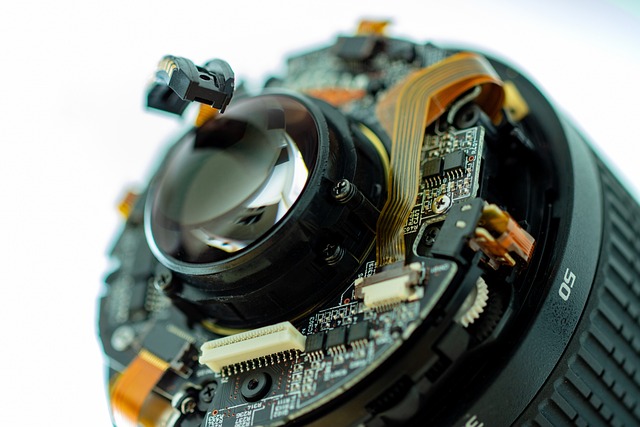
After a roof repair, maintaining your newly fixed roof is crucial for longevity. Regular cleaning and inspection are key; remove any debris or leaves that may accumulate on the surface to prevent moisture damage. Check for loose shingles or flashing and address them promptly to avoid future leaks.
Additionally, consider using weather-resistant materials and sealing any gaps or cracks to safeguard against extreme weather conditions. A bi-annual inspection can help catch minor issues early on, ensuring your roof remains in top condition and extending its lifespan. Remember, proper post-repair care is an investment in the future of your home’s protective barrier.
Preventive Measures: Strengthening Your Roof Against Future Damage

Regular roof inspections are a proactive step in preventing extensive and costly repairs down the line. By identifying potential issues early, homeowners can save significant time and money. A thorough inspection should include checking for loose or damaged shingles, flashing, and gutters. Sealant replacement and nail reinforcement are common preventive measures that can strengthen your roof against future damage caused by extreme weather conditions, such as heavy rain or strong winds.
Additionally, maintaining proper ventilation and ensuring there’s no debris buildup on the roof can significantly reduce internal heat and moisture levels, minimizing the risk of structural damage and mold growth. Regular cleaning and trimming nearby trees to prevent branches from blocking vents are simple yet effective ways to keep your roof in top condition, thereby delaying the need for costly roof repair services.
